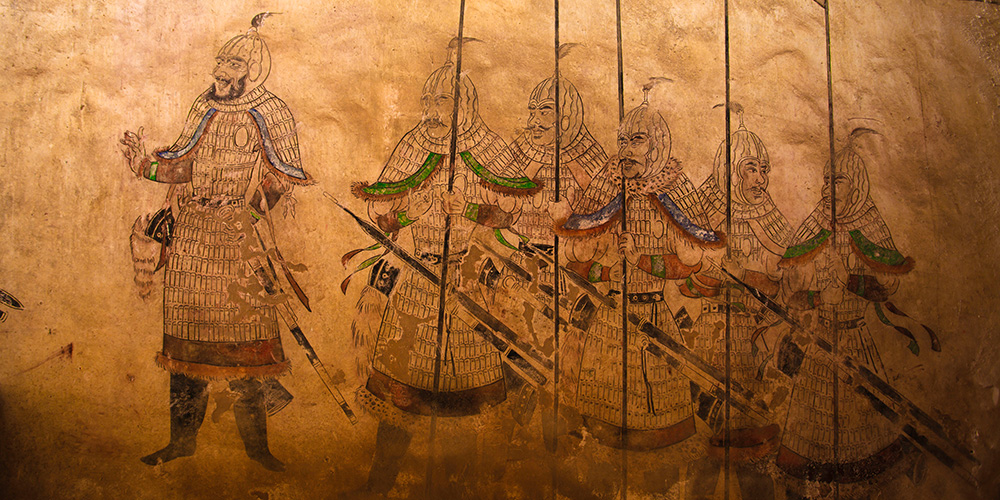Accessibility
The University of Basel is committed to equal rights for students with disabilities or chronic illnesses. In order for the University's websites to be accessible to people with disabilities, they should comply with the Web Content Accessibility Guidelines 2.0 (WCAG 2.0) and conformity level AA.
WCAG 2.1
The new version of the Web Content Accessibility Guidelines (WCAG 2.1) was published on June 5, 2018. The World Wide Web Consortium (W3C) addresses here particular success criteria for barrier-free mobile websites. Requirements of people with impaired vision and cognitive impairments are also included in more detail in the catalogue.
WCAG 2.0 have a pyramid-like structure. They consist of: Four priniciples, 12 guidelines, 61 success criteria, countless techniques with best-practice examples and five conformance requirements.The principles, guidelines, success criteria and conformance requirements are normative. The techniques are merely of informative nature.
- Principles: perceptible, operable, understandable, robust
- Guidelines
- Success criteria
- techniques with best-practice examples
- conformance requirements
Checklist for accessible web design
In the document Accessibility-Checklist 2.1 of the foundation "Access for all" you will find a description of the success criteria of WCAG 2.1. This checklist is primarily intended for web designers and programmers. The structure of the original WCAG 2.1 guidelines has been retained.
Accessibility Developer Guide
The Accessibility Developer Guide (ADG) is an initiative of the “Access for All” foundation. This guide is aimed at web designers and programmers. The ADG was published in June 2018.
Further information and downloads
Webinars about Accessibility
- "30 Things you should know about Web Accessibility" - Herausgeber: mightybytes.com
- "How A Screen Reader User Accesses The Web" - Herausgeber: smashingmagazine.com
- "Barrierfreies Internet - Einführung" - Herausgeber: bik-fuer-alle.de
- "Barrierfreies Internet - Webdesign" - Herausgeber: bik-fuer-alle.de
- "Barrierfreies Internet - Texte, Bilder, Videos" - Herausgeber: bik-fuer-alle.de
- "Barrierfreies Internet für Entwickler" - Herausgeber: bik-fuer-alle.de


